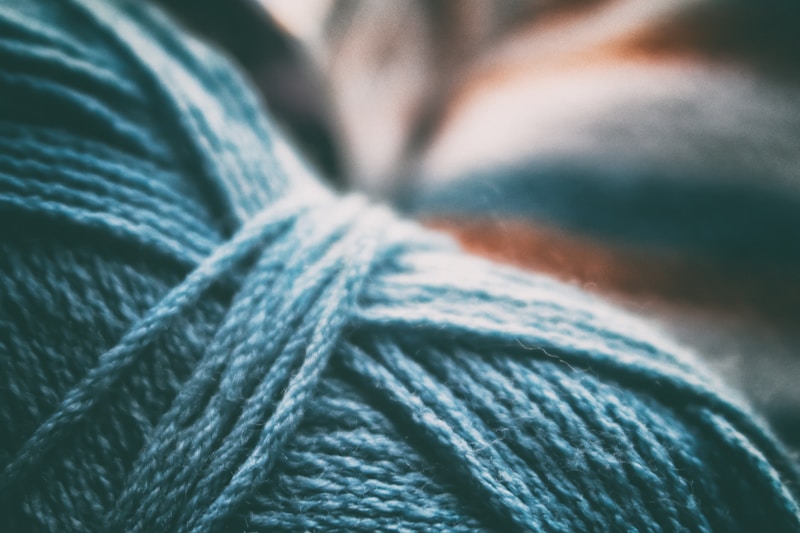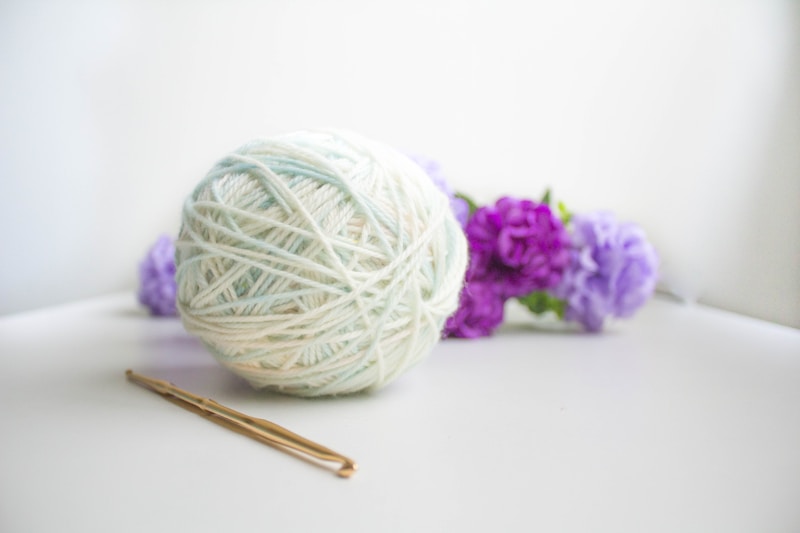9 Questions
What is the word origin of yarn?
Old English
What is the most common plant fiber used to make yarn?
Cotton
What is the difference between spun yarn and combed yarn?
The additional step of combing
What is the measurement of yarn weight that is often used by weavers?
Wraps per inch (WPI)
What is a swift used for in yarn winding?
Holding a yarn hank without obstruction
What is a center pull in a skein of yarn?
The yarn end inside the skein
What is the term for tangled yarn that can occur in a center pull bullet skein?
Yarn barf
What can a digital USB microscope show when examining yarn?
The microscopic aspect of selected yarns
How can the type of yarn and winding technique used affect a knitting or crochet project?
It can affect the texture and appearance of the finished product
Study Notes
Yarn: A Long Continuous Length of Interlocked Fibres
-
Yarn is a long continuous length of interlocked fibres that is used for sewing, crocheting, knitting, weaving, embroidery, ropemaking, and textile production.
-
The word yarn comes from the Old English gearn, and yarn production is known to have existed since the Stone Age and earlier prehistory.
-
Yarn can be made from natural or synthetic materials, and the most common plant fiber is cotton while the most commonly spun animal fiber is wool.
-
Synthetic fibers that are used as yarn include nylon, acrylic fiber, rayon, and polyester, and synthetic and natural yarns can be combined.
-
Spun yarn is made by twisting staple fibers together to make a cohesive thread, and combed yarns are produced by adding another step of yarn spinning, namely combing.
-
Filament yarn consists of filament fibers either twisted together or only grouped together, and texturized yarns are made by air texturizing filament yarns.
-
Yarn may be used undyed, or may be colored with natural or artificial dyes, and there is a wide selection of variegated yarns.
-
Yarn quantities for handcrafts are usually measured and sold by weight in ounces or grams, and there are several thicknesses of craft yarn referred to as weight.
-
Each weight can be described by a number and name, and each weight also has several common, unregulated terms associated with it.
-
Another measurement of yarn weight, often used by weavers, is wraps per inch (WPI), and labels on yarn for handicrafts often include information on gauge.
-
The mechanical integrity of yarn is derived from frictional contacts between its composing fibers, and the twist direction of yarn can affect the final properties of the fabric.
-
Yarns combining synthetic and natural fibers inherit the properties of each parent, according to the proportional composition.Types of Yarn and Their Winding Techniques
-
Yarn can be measured in yards, meters, or by weight.
-
Decitex is a finer measurement corresponding to the weight in grams of 10 km of yarn.
-
Yarn can be wound in various ways, including hanks, skeins, donut balls, cakes, and cones.
-
A hank of yarn is a looped bundle of yarn tied in two places to keep the loops together and prevent tangling.
-
A swift is a standing contraption used to hold a yarn hank without obstruction and spins on a central axis to facilitate yarn ball winding.
-
Skeins are one of the most common types of yarn ball, allowing access to both ends of the yarn.
-
A center pull is the yarn end inside the skein, and there are two types of skeins: pull skein and bullet skein.
-
The inside yarn end in a center pull bullet skein is not easily found, causing tangled yarn called "yarn barf."
-
A digital USB microscope can show how yarn looks in different types of clothes when magnified.
-
The microscopic aspect of selected yarns can vary depending on the fiber type and spinning technique.
-
Yarn winding techniques can affect the finished product's texture and appearance.
-
The type of yarn and winding technique used can affect the outcome of a knitting or crochet project.
Think you know everything there is to know about yarn? Test your knowledge with our quiz on the fascinating world of yarn. From its origins to the different types and winding techniques, this quiz covers it all. Challenge yourself and see if you can become a yarn expert!
Make Your Own Quizzes and Flashcards
Convert your notes into interactive study material.





